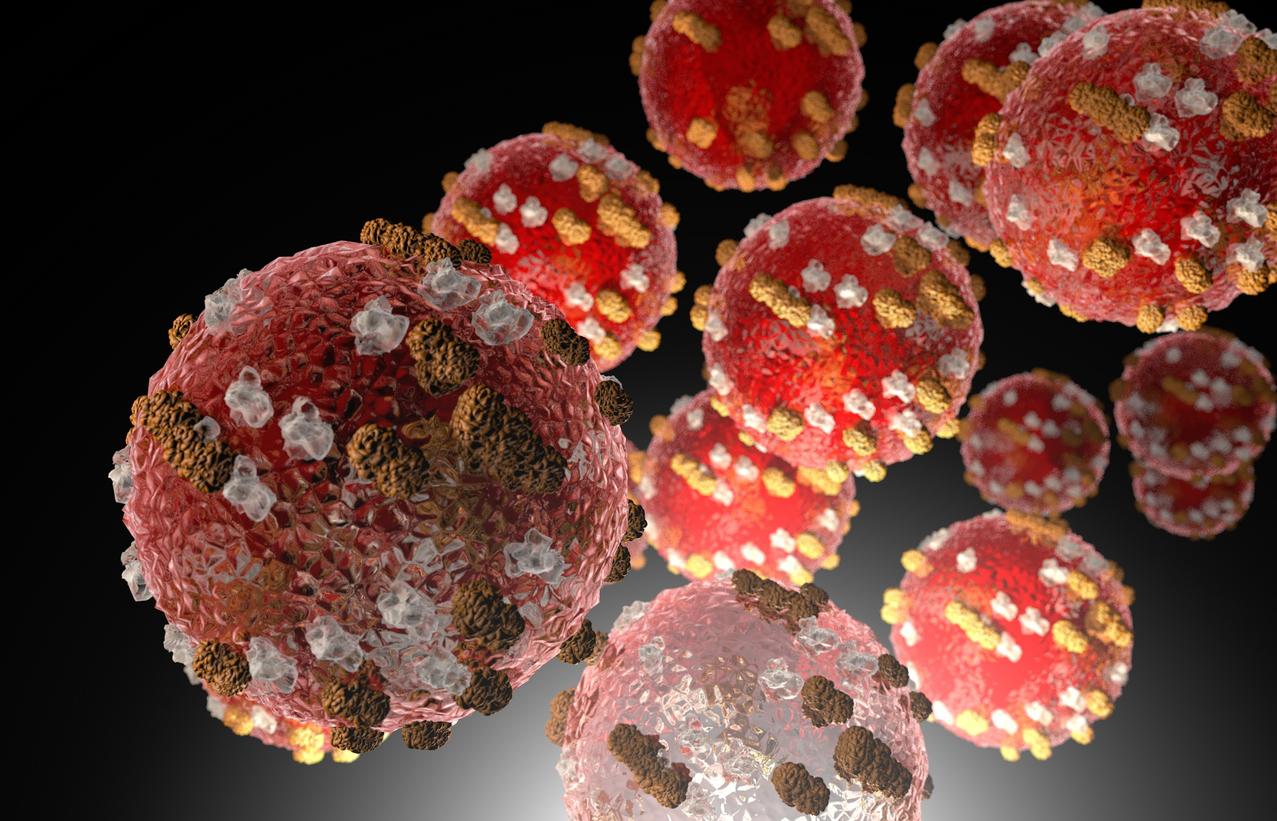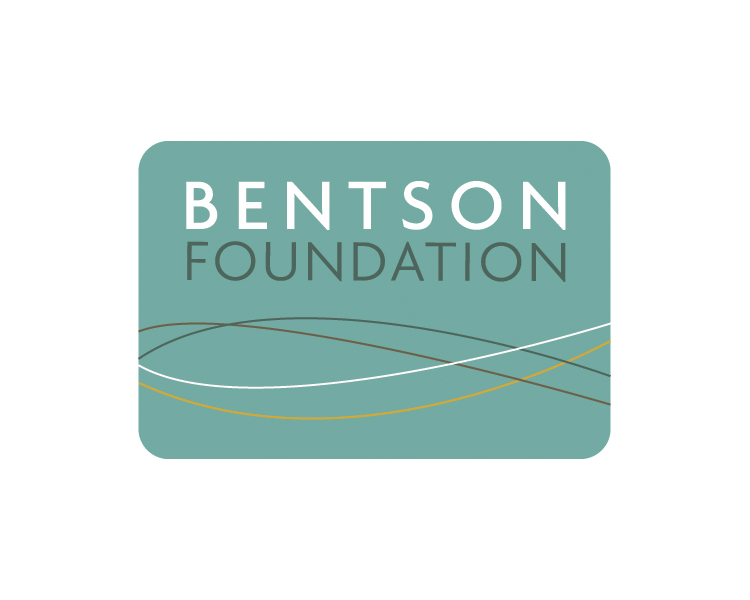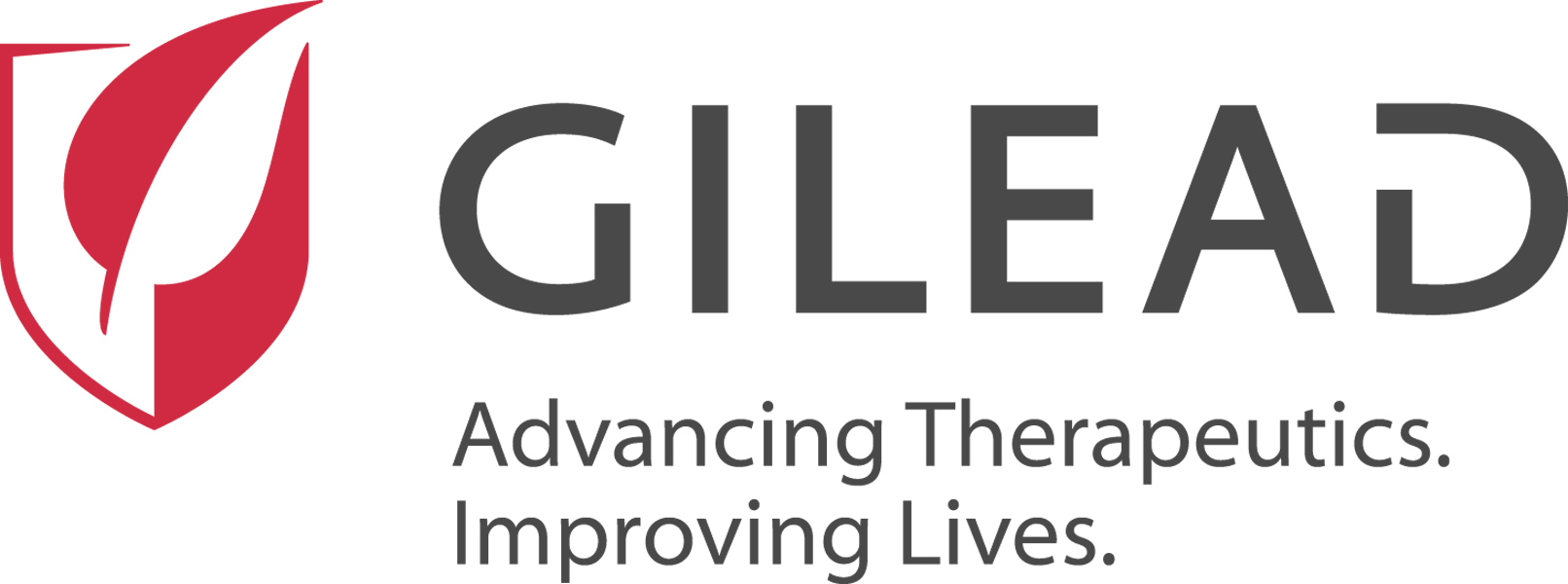Emergent BioSolutions announced yesterday that it has received a $56 million contract extension to supply the US government with doses of a combined smallpox/mpox vaccine.
The single-dose vaccine, ACAM2000, was first approved by the Food and Drug Administration (FDA) in 2007 for active immunization against smallpox in people considered to be at high risk of infection, then for active immunization against mpox in high-risk individuals in 2024. It's one of two FDA-approved smallpox and mpox vaccines, along with Bavarian Nordic's Jynneos vaccine.
Part of 10-year contract
The contract modification is under Emergent's existing 10-year contract with the Administration for Strategic Preparedness and Response (ASPR) at the Department of Health and Human Services. ASPR leads the nation's medical and public health preparedness and response efforts for disaster and other public health emergencies.
"Our new contract modification for ACAM2000 vaccine reflects the continued collaboration between Emergent and the U.S. government to prioritize preparedness support," Paul Williams, senior vice president and head of products business, global government, and public affairs at Emergent, said in a company press release.
The company says deliveries of ACAM2000 to the Strategic National Stockpile are expected to begin this month.











